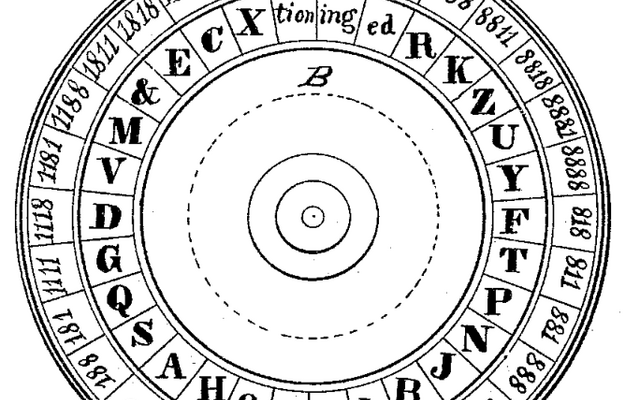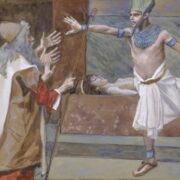
For over a century, scholars have been trying to decipher the script left behind by the Indus Valley civilization, one of the world’s earliest urban societies. In an effort to solve this long-standing mystery, the Indian state of Tamil Nadu has announced a $1 million reward for anyone who can crack the code. This challenge has baffled linguists and archaeologists for decades due to the absence of a bilingual reference like the Rosetta Stone.
The Indus Valley civilization flourished more than 5,000 years ago along the banks of the Indus River, in what is now northwest India and Pakistan. It was home to advanced cities such as Harappa and Mohenjo-Daro, which housed a population of around 80,000 at their peak. However, around 2500 B.C.E., the civilization began to decline as people moved to smaller settlements in the Himalayan foothills. While the urban centers faded, their inhabitants left behind artifacts, ruins, and inscriptions in a script that remains undeciphered.
Hoping to inspire new research, Tamil Nadu’s Chief Minister M.K. Stalin introduced the million-dollar prize, stating that despite a century of scholarly effort, no one has been able to clearly interpret the script. The reward is open to anyone—whether a professional or an amateur—who can present a translation that satisfies academic experts, writes The New York Times.
Relatively little is known about the creators of the script, who built a sprawling urban system about 5,000 years ago across what is modern-day India, Pakistan and Afghanistan.
Excavations at more than 2,000 sites have unearthed a wealth of artifacts. But until the civilization’s script can be read, its language, culture and religion, as well as the history of its rise and fall, will remain shrouded in mystery.
The prize, announced by M.K. Stalin, the chief minister of the southern state of Tamil Nadu, is intended to renew efforts to decipher the script. The push, however, is not merely about historical scholarship. It is the latest front in a cultural war over India’s ancient past.
The country’s ascendant Hindu nationalists argue that the Aryan race, which brought the Vedic religion of Hinduism to India, represents the original Indian people. The claim is central to the concept of Hindutva, the ideology of Hindu supremacy promoted by the party of Prime Minister Narendra Modi.
In a recent press statement, Tamil Nadu Chief Minister Muthuvel Karunanidhi Stalin announced a $1 million prize to anyone who can successfully decipher the Indus Valley script.https://t.co/XZx3RdcAGd pic.twitter.com/kJANCyQWzz
— HeritageDaily (@HeritageDaily) January 26, 2025
The challenge has gained attention in recent years due to research by Tamil Nadu archaeologists who found similarities between the Indus script and ancient markings in their region. By analyzing thousands of symbols on pottery shards, they discovered that 60 percent matched those of the Indus Valley, with 90 percent showing strong similarities. These findings suggest a cultural link between the two regions, but they have yet to provide a breakthrough in deciphering the script’s meaning.
One of the main difficulties in decoding the script is that most Indus inscriptions are very short, typically consisting of just five symbols. Unlike ancient Egyptian or Mesopotamian writing systems, which appear on extensive texts, Indus inscriptions are mainly found on small seals often accompanied by animal figures. Many researchers believe the script was used for trade rather than for recording religious or literary works.
Despite these obstacles, recent advancements in artificial intelligence and machine learning have provided new ways to analyze the script. Computer scientist Nisha Yadav of the Tata Institute of Fundamental Research has identified patterns within the inscriptions, noting that 67 symbols account for 80 percent of all known Indus texts. This suggests an underlying structure, though it remains unclear whether the symbols represent words, syllables, or something else entirely, according to The BBC.
Amateur codebreakers frequently claim to have solved the puzzle, but experts remain skeptical. Rajesh P.N. Rao, a computer scientist at the University of Washington, regularly receives messages from individuals who believe they have cracked the code. However, without solid linguistic evidence, the mystery remains unresolved.
Tamil Nadu’s million-dollar prize is now open to the world, offering a unique opportunity for linguists, historians, and puzzle enthusiasts. The person who ultimately deciphers the Indus script will not only earn the substantial reward but also contribute to a deeper understanding of one of the most enigmatic civilizations in history.









